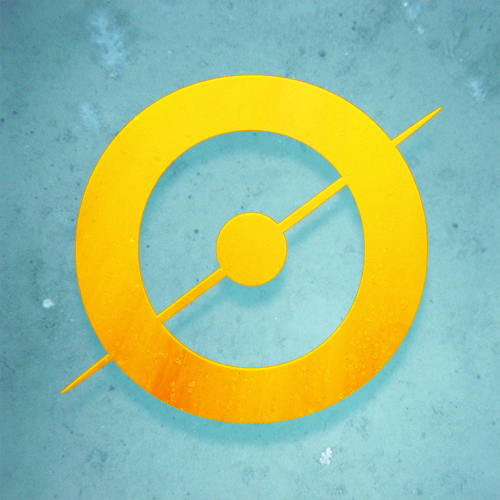Bored? Become a Citizen Scientist!

May 6, 2020
For those seeking insight into the secret life of animals, criminal records of the past, petri dishes splattered with bacteria, images of Mars’ fans and blotches taken from the HiRISE camera aboard the Mars Reconnaissance Orbiter, or even clips of hovering auroras in the night sky, Zooniverse is just the place for you to kill that overflowing time you currently have on your hands.
Zooniverse.org is not a website of a zoo filled with animals but rather a zoo filled with research projects open for anyone to contribute to. Zooniverse functions as an accessible bridge for common citizens to easily get involved in research, whether that be finding regions where stars are being born in the galaxy, helping to understand and predict which M. tuberculosis bacteria will be resistant to which antibiotics, or making anti-slavery manuscripts more accessible to researchers and students by transcribing them. Basically, through Zooniverse, we, as citizens, are driving people-powered research by collecting, interpreting, and analyzing data conducive to research in various fields.
“Etch a Cell – Powerhouse Hunt” is the most recent project I’ve been participating in. As a volunteer, I identify and sort any mitochondria present or visible in images of cells. Even though I’m sifting through magnified lab data images of cells looking for something headachingly sounding called mitochondria, I don’t need little, or no, in-depth knowledge of biology or science. They provide you with the basic knowledge you need to work on the project, and it’s a great opportunity to learn new things.
But there is more to Zooniverse than just classifying data. Next to the “Classify” button in the drop down menu is the “Talk” section, where scientific, historical, academic discussions sprout, a place where you can converse with professionals and delve deep into the science of things, or just meet and interact with people of common interests and passions. You also have the option to create your own project. This platform surely is a multilayered package providing you the opportunity to classify data, contribute to actual research, interact with and become a part of a curious learning community, and most significantly, during these special times, to enjoyably kill time.
An interesting project for animal lovers, safari animals specifically, is the “Wildwatch Kenya” project for which volunteers, or citizen scientists, classify pictures taken through motion-activated trail cameras that capture animals roaming around their habitats. As you shift from image to image, you can spot the puffy backs of raccoons, a rambling moose, a startled giraffe, or maybe a lone deer. As you’re classifying safari images, you can give yourself a virtual tour of the wild safari while stuck at home, or as you’re identifying animals, you can diagnose whether you’re an animal expert or whether you have a large gap in your wildlife repository and find yourself an inch from your screen, squinting at the picture, trying to recognize what kind of living creature it is.
For those interested in the area of overlap between art and history, “Fishing in the Past” is just the match, where our work contributes to revealing “historical information about the availability of commercial fish, biodiversity and common practice of Dutch painters.” We basically identify and search for fish in the paintings of the past. It’s an opportunity to admire and observe many great paintings and see them in an oddly new light in pursuit of fish.
For those interested in history or, broadly, humanities, there is an abundance of ongoing projects seeking volunteers to aid academic research. Many of the projects require sorting and transcribing original manuscripts or documents created way back in history, some even created in the Middle Ages, and it’s fascinating to see, observe, study, and read these documents in person, trying to make out the elegantly squiggly writing of the past. Some ongoing projects out of many include transcribing anti-slavery manuscripts or even criminal records of people imprisoned in the 19th and 20th centuries. Where else would you be able to have a look into criminal records and explore criminal characters in person?
Original manuscripts, records, and historical paintings are surely fascinating, but the real gems of the diverse array of ongoing projects, in my opinion, are the space projects. You can join in the search of Planet Nine and other brown dwarf planets in the backyard of our solar system by identifying moving celestial bodies in the visual data from NASA’s Wide-field Infrared Survey Explorer (WISE) mission. Frankly, I found this project to cause headaches and sore eyes due to excessive staring, but you can try it out. When you grow tired of the meticulous search, you can soothe your mind with the calming grand and beautiful telescope images of the galaxy from the “Galaxy Zoo” project. I find this exposure to heavenly or scientific original space images truly valuable and a great way to spend time.
These are just the mere tip of the large iceberg of various projects available at Zooniverse. Zooniverse indeed is a zoo of projects, harboring those in diverse fields, from physics, space, biology, and medicine to the arts, climate, history, and language. It’s a great way to learn new stuff, see fascinating images, and spend one’s time.
















































































































































